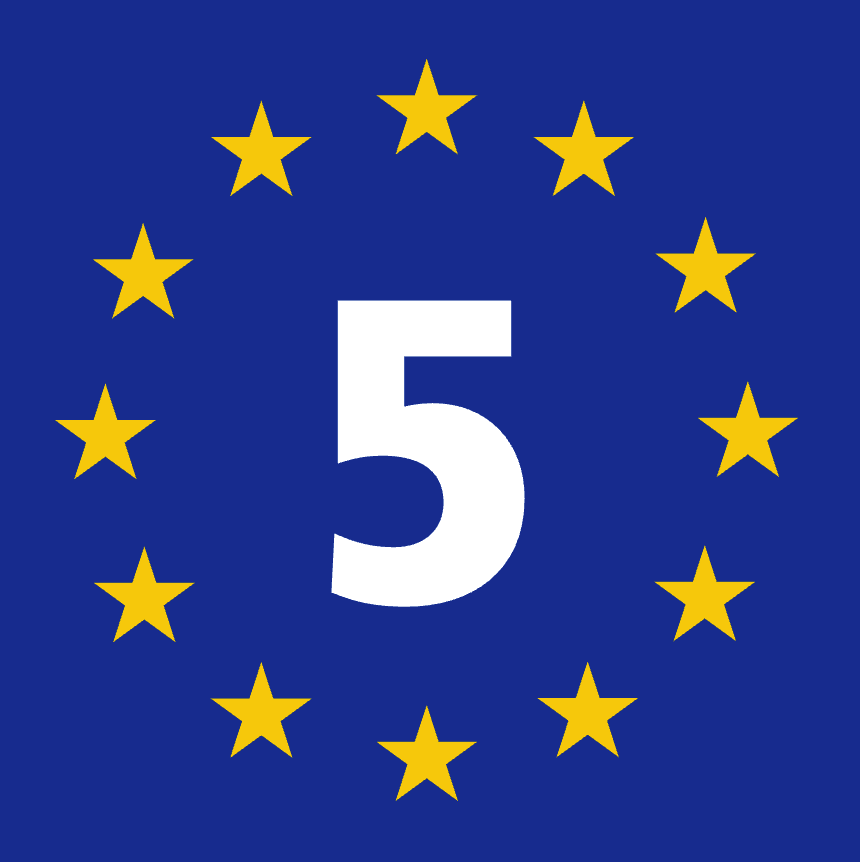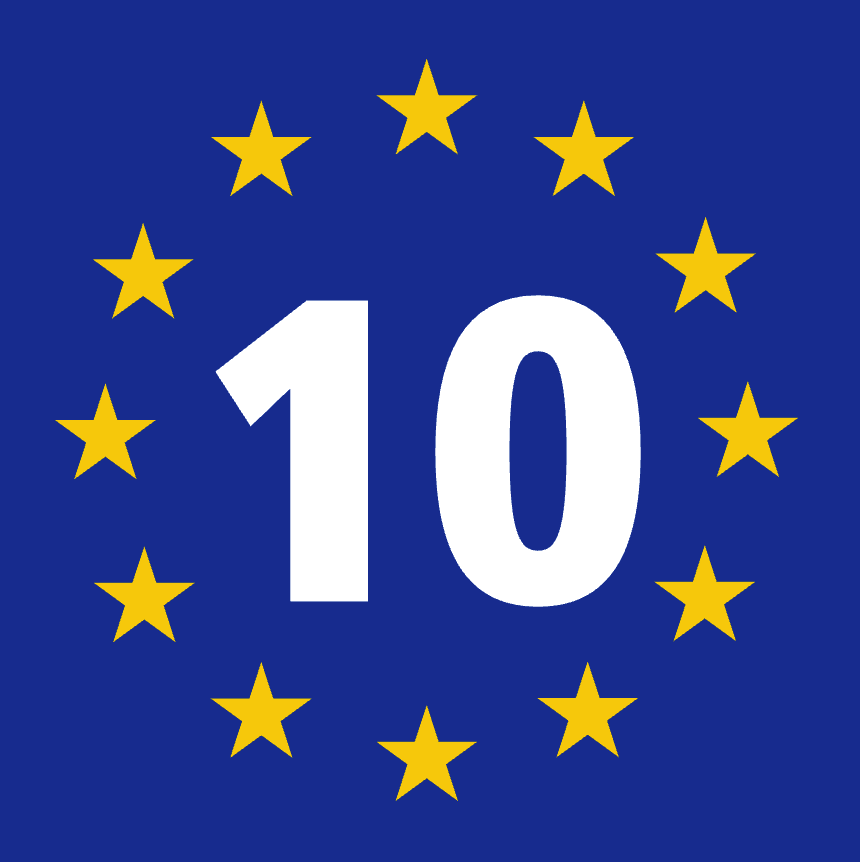After this year’s visit to see the Tour de France and my ever-growing enthusiasm for the Tour de Yorkshire, I feel I should know the other big ‘classic’ races better than I do. Yesterday saw the start of La Vuelta, Spain’s grand tour, so I’ve just given myself a crash course in its organisation and its history and this is what I’ve come up with: La Vuelta in 10 key facts:
- ‘La vuelta‘ translates as ‘the lap’ but remember that in Castilian Spanish the ‘v’ is pronounced like a soft ‘b’ in English so pucker your lips and start saying /bwelta/ rather than /vwelta/.
- It started in 1935 and the 2017 Vuelta is the 72nd running of the race. There was no race from 1937 to 1940 to ‘accommodate’ the fighting of the Spanish Civil War, in 1943 and 1944 because of the Second World War (although Spain was not a participant) and then again in 1949 and from 1951 to 1954 because… well, who knows? Perhaps Franco had fallen out of love with cycling.
- Since 1935 Spanish riders have been remarkably good at winning their own race and have done so 32 times. It’s not just because they dominated the race in the 30s, and 40s (which they did, alongside the Belgians); since 2000 the race has been won 10 times by 6 Spanish riders, the most recent of which is, of course, Alberto Contador who has won the race 3 times, most recently in 2014.
- Today the race is fought over 23 days in August and September with 21 days of cycling and 2 rest days. The race will cover 3,324 km and there were 219 riders who started the race. In 1935 there were only 50 riders and although the total distance cycled was only marginally greater than the current distance at 3,425 km, the number of stages was only 14, 10 of which were more than 250 km. Bear in mind also that back in 1935 they weren’t riding carbon bikes and didn’t have a legion of minions to change tyres etc…
- The first winner of the race in 1935 was Belgian cyclist Gustaaf Deloor when he was just 21 years old. He also won the race in 1936 beating his older brother Alfons into 2nd place. By 1936 incidentally, the organisers had had second thoughts about making the race so easy so they increased the length of the race to 4,354 km albeit over the now more traditional 21 stages. The most stage wins in La Vuelta have been won by a Spanish rider – Delio Rodriquez – riding in the 1930s and 40s. Only three riders have ever won La Vuelta 3 times; Tony Rominger (1992, 1993, 1994), Roberto Heras (2000, 2003, 2004) and, of course, Alberto Contador (2008, 2012, 2014).
- Until 1995 the race was held in the spring but in that year it was moved to early September where it has stayed, more or less, ever since. The 2017 race started on August 19th, one of the earliest post-1995 start dates; in 2012 the race kicked off on August 18th.
- The leader of La Vuelta wears a red jersey, the equivalent of the yellow jersey in the Tour de France. However, whereas the colour yellow has always been associated with the leader in the Tour de France, things are little more complicated in La Vuelta as explained in the Historical Dictionary of Cycling (2011):
“It was orange in 1935, white in 1941, orange in 1942, and then white with a red stripe from 1945 to 1950. From 1950 to 1997, the jersey was yellow, with the exception of 1977, when it was orange again, but in 1998, it changed to a darker golden color called the jersey de oro. However, in 2010, the leader’s jersey color was changed to red.”
In 2017 the jersey is still red. I think…
- Unlike the Tour de France which is now more likely than not to start in a foreign country – Yorkshire(!) for example – La Vuelta has been a little more protective of its first stage and has only ever started outside Spain on 3 occasions; in 1997 in Lisbon (Portugal), in 2009 in Assen (The Netherlands) and in 2017 in Nimes (France).
- As noted above, the 2017 Vuelta will be contested over 3,324 km (or 2,065 miles for those of you who voted for BREXIT…) on a course that started in Nimes and will, as per usual, finish in Madrid on September 10th.
 According to La Vuelta website there are:
According to La Vuelta website there are:
- 5 flat stages and 1 flat with high-altitude finales stage
- 8 hill stages
- 5 mountain stages
- 1 individual time trial stage
- 1 team time trial stage
Distinctive aspects of the race:
- 40.2 km individual time trial
- 13.7 km team time trial
- 50 summits
- 2 rest days
10. If you Google the question ‘Who will win La Vuelta 2017?‘ (this is quality research, no?), Cyclist.co.uk suggest the following riders:
- Chris Froome (Team Sky), of course, 1st favourite
- Vincenzo Nibali (Bahrain-Merida), 2nd favourite
- Fabio Aru (Astana), 3rd favourite
- Esteban Chaves (Orica-Scott), the ‘underdog’, and
- Marc Soler (Movistar), the ‘outside bet’.
My money is on Marc Soler because, well, he’s Spanish…
Categories: Cycling
















Reblogged this on CyclingEurope.org and commented:
It’s rest day at La Vuelta.. have you been keeping up? With just six stages remaining, here is some background information about the race published on CyclingEurope.org back in the hot, sultry [are you sure?] days of August. Interesting to compare the names mentioned in point 10 with the current leader of the race and the man currently in second place…